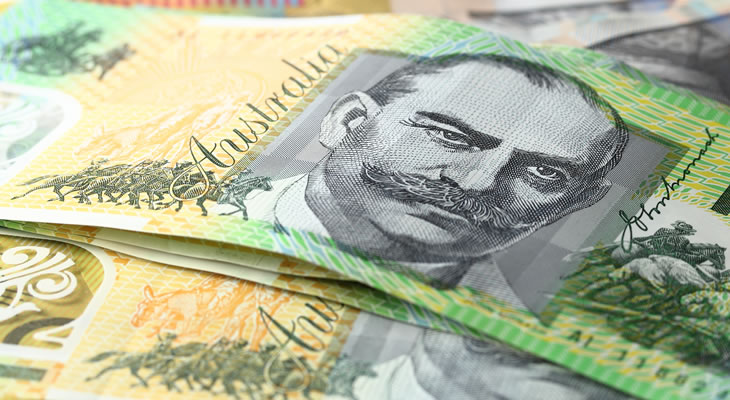The Pound Sterling to Australian Dollar (GBP/AUD) exchange rate began Tuesday’s session trading in a narrow range after the ANZ Roy Morgan Consumer Confidence Index rose to 113.6 from 112.0.
Later in the day Bank of England (BoE) Deputy Governor Sir John Cunliffe will be speaking in London and could be an event which alters the Pound Sterling exchange rate.
Earlier… The Pound Sterling to Australian Dollar (GBP/AUD) exchange rate remained higher as Monday’s European session came to a close, after a day of UK political appearances.
UK Prime Minister David Cameron promised the highest employment rate in the Group of Seven as he tried to attract voters for the upcoming UK election.
Cameron stated: ‘Full employment may be an economic term, but this is what it means in human terms. It means more of our fellow men and women with the security of a regular wage; it means you, your family and your children having a job and getting on.’
However, not everyone agrees.
Rachel Reeves who represents Labour’s Work and Pensions stated: ‘The Tory cost-of-living crisis, job insecurity and stagnant wages has left working people 1,600 Pounds a year worse off since 2010.’
‘There’s a real worry that thousands of working people are being forced to take on a second job because they can’t afford to make ends meet.’
Earlier… The Pound Sterling to Australian Dollar (GBP/AUD) exchange rate recorded gains in the early part of Monday’s European session despite upbeat Australian New Motor Vehicle Sales figures.
The Australian ecostat jumped by 3.0% in the month of December, pulling the annual figure from -3.7% to -1.0%.
However, the ‘Aussie’ remained pressured as Macquerie Group joined the list of major banks to downgrade their iron ore forecasts for 2015-16.
Reduced Iron Ore Forecasts Pressure Australian Dollar (AUD) Exchange Rate Lower
The banking giant now expects to see iron ore reach $68 US Dollars (USD) per tonne in 2015 before declining to $65 Dollars in 2016.
Macqeuerie Group suggested that the price of iron ore would be softer as production increased, causing a global surplus.
Macquarie stated: ‘Rather than requiring this displacement to come from marginal operators with low capex and high opex, the next round of cuts will need to come from more structural mining operations that just 18 months ago could have been making $50mt or more in cash margin.’
‘These producers will be reluctant to cut output and it will probably be balance sheet strength rather than cost curve position that ultimately decides who lives and who dies.’
In addition, China’s New Home Prices slipped for the fourth consecutive month in December, pressuring the price of iron ore even lower.
One Chinese iron ore trader stated: ‘Considering the current weakness in the steel market, I think some mills could cut capacity in the near-term and that means they might reduce their purchase volume for raw material. We haven’t been buying in new cargoes.’
Meanwhile, UK Rightmove House Prices increased from 7.0% to 8.2% on the year in January, offering little support to the Pound Sterling exchange rate.
As we approach May’s general election, the Pound Sterling to Australian Dollar (GBP/AUD) exchange rate could face massive fluctuations as political parties become more aggressive in their campaigns.
Pound Sterling to Australian Dollar (GBP/AUD) Exchange Rate Forecast
The Pound Sterling to Australian Dollar (GBP/AUD) exchange rate is likely to move in response to global developments during Monday’s European trading as there is little data due for release.
However, Tuesday will be a far more interesting day for the GBP/AUD exchange rate with the release of Chinese Gross Domestic Product figures. If China’s economic growth slows in the fourth quarter from 7.3% to 7.2% as forecast, the ‘Aussie’ could face losses. Any further decline in Chinese growth could place major downward pressure on the Australian Dollar exchange rate.
Meanwhile, Wednesday will see the release of Westpac’s Australian Consumer Confidence index as well as the highly influential UK Employment Change and Unemployment Rate ecostats, which could be a massive cause of Pound Sterling exchange rate movement.
The Pound to Australian dollar (GBP/AUD) exchange rate currently resides at 1.8456. Meanwhile, the Australian Dollar to Pound Sterling (AUD/GBP) exchange rate is trending in the region of 0.5420.

